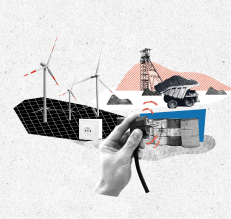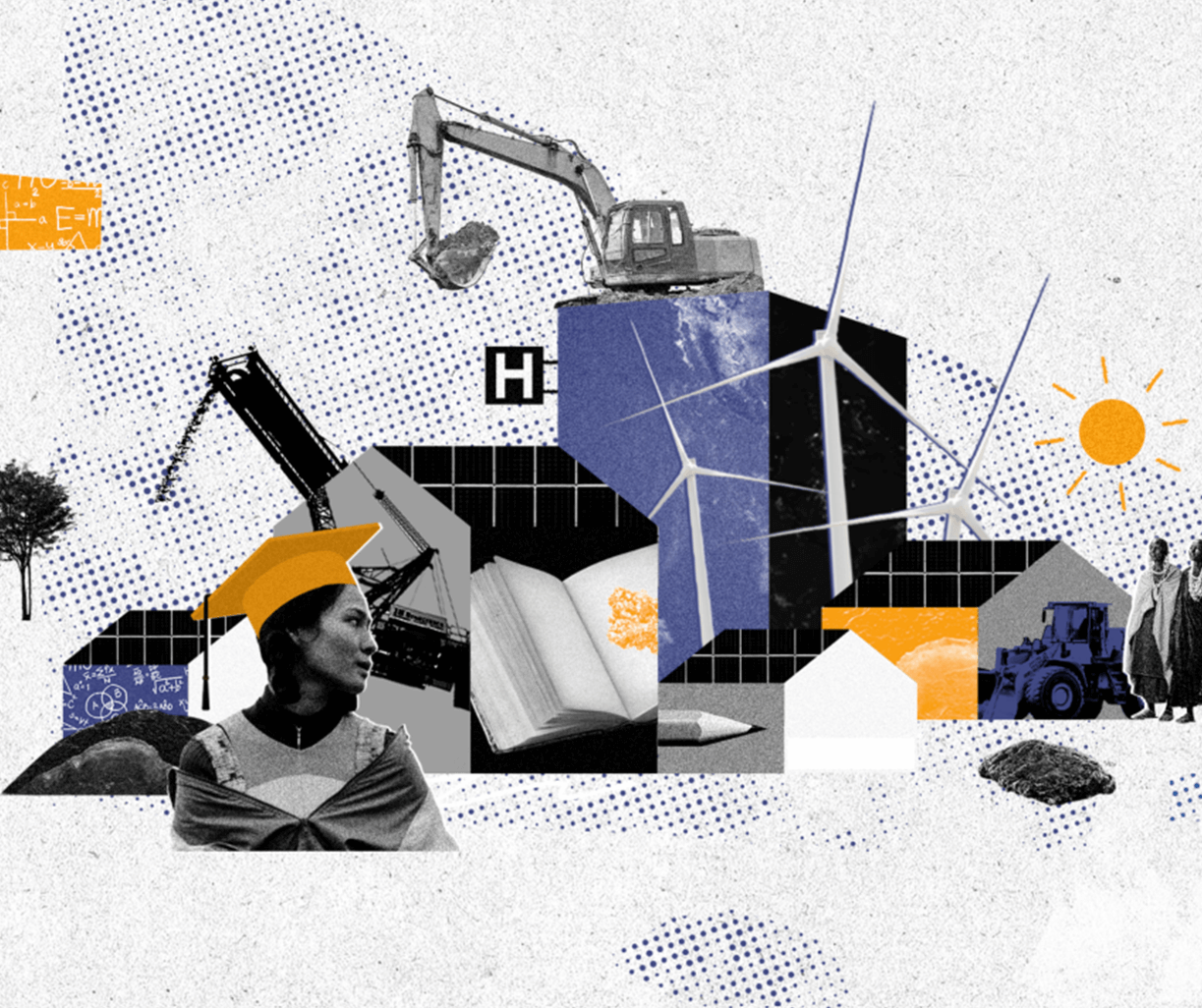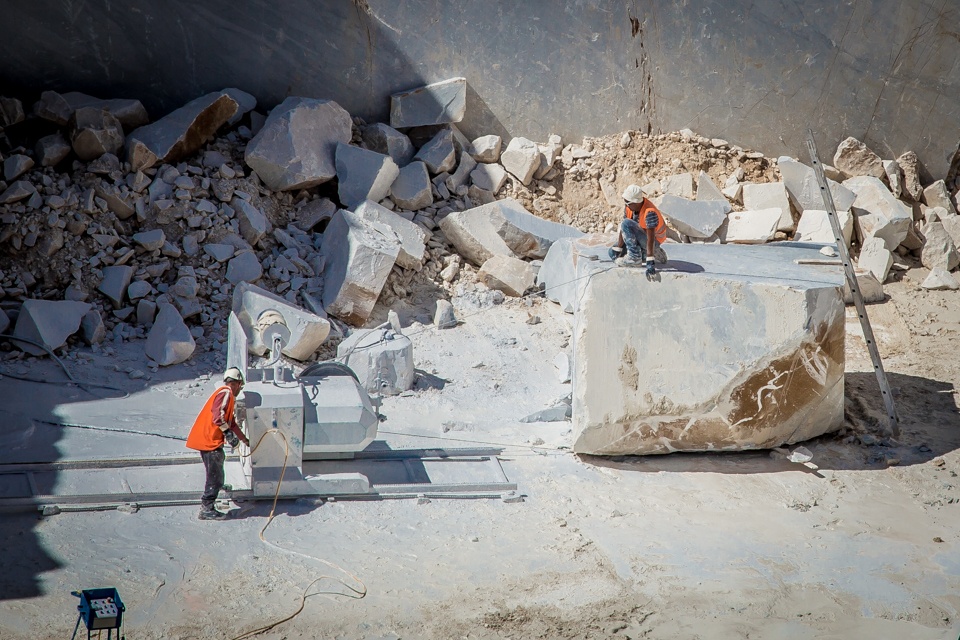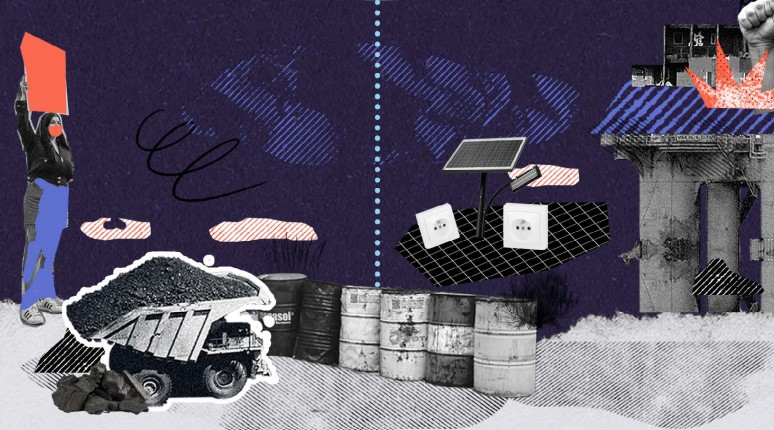In the extractives sector, the procurement of goods and services is usually the single largest in-country payment type that a mine site will make over the lifespan of a project, regularly exceeding 70% of total expenditure (see World Gold Council, Responsible gold mining and value distribution, 2013 data for indicative figures).
This means that it can be the single largest potential lever for economic and social development during mining – but it also means that it can be a massive avenue for corruption and problematic distribution to patronage networks.
In recent times, the extractives sector has experienced a continuous stream of acts, regulations, and victories which has brought about more transparency, especially in regards to extractive industry tax payments. The most recent example is the implementation of the Extractive Sector Transparency Measures Act (ESTMA) by the Canadian government which saw hundreds of reports from Canadian extractive industry companies on their tax payments to foreign governments being made available for the first time.
Even the US government’s decision to overturn the transparency provisions of Dodd-Frank in February does not appear to be a deterrent to this trend becoming the norm.
With these improvements continuing to move forward, we must now expand the transparency agenda to other major economic impacts of extractive industry activities. This means looking at other significant expenditures such as employment and community investment, and most importantly the largest potential economic impact in most cases: procurement of goods and services.
Raising the level of procurement reporting – a win-win for companies and local communities
To contribute to this movement, at the start of July Mining Shared Value, an initiative of Engineers Without Borders Canada, launched the Mining Local Procurement Reporting Mechanism (LPRM) in partnership with the German development agency GIZ. The Mining LPRM is a set of mine-site level qualitative and quantitative disclosures. The goal is to empower host countries to improve economic impacts over the mining life cycle by working with mining companies to increase local procurement.
In addition, the Mining LPRM will create information which will serve as deterrents to some of the corrupt procurement practices laid out by the OECD’s typology of extractive activity corruption risks, such as misuse of local content requirements, and supplier “fronting” where international firms create domestic shell companies that are not in fact locally operated.
A good example of what the procurement spend disclosure of the Mining LPRM would look like is the reporting below, published on the website of the Rio Tinto’s Oyu Tolgoi mine in Mongolia. It is one of the most detailed examples of public procurement reporting provided by any mine site in the world today, and our goal with the LPRM is to raise the level of industry reporting as a whole to a similar level.

Figure 1: 2017 Procurement Spending at Oyu Tolgoi to end of May.
Procurement reporting at the level demonstrated in the table above, and providing qualitative information in line in with the Mining LPRM’s disclosures, would serve to:
- Provide local suppliers and citizens with a very accurate picture of what types of goods and services the mining company is buying, for example how much is being spent on logistics versus fixed plants and equipment by region.
- Help host country suppliers and stakeholders better understand the nuts and bolts of the procurement process. The qualitative disclosures of the LPRM include which departments are responsible for local procurement, where potential suppliers can learn about procurement opportunities, what the official mine site policies are regarding local procurement, and the ethical business behaviors expected of suppliers.
- Reduce space for problematic practices, leveling the playing field for suppliers, which also helps mining companies obtain the most competitive prices for the goods and services they seek.
Beyond procurement, similar transparency increases would be helpful across other large impacts during the mining life cycle, including job creation and community investment. There have been many high-profile cases of community investments going to political elites for example, and as with procurement, sunlight is the best disinfectant.
Through the Mining LPRM and other efforts, the Mining Shared Value team looks forward to continuing to work with the Publish What You Pay coalition and other organisations improving the governance of mineral extraction to help increase benefits for countries and communities that choose to host mining activity.
Jeff Geipel is Venture Leader for the Mining Shared Value initiative of Engineers Without Borders Canada, which works to improves the development impacts of mining by increasing local procurement in host countries.











